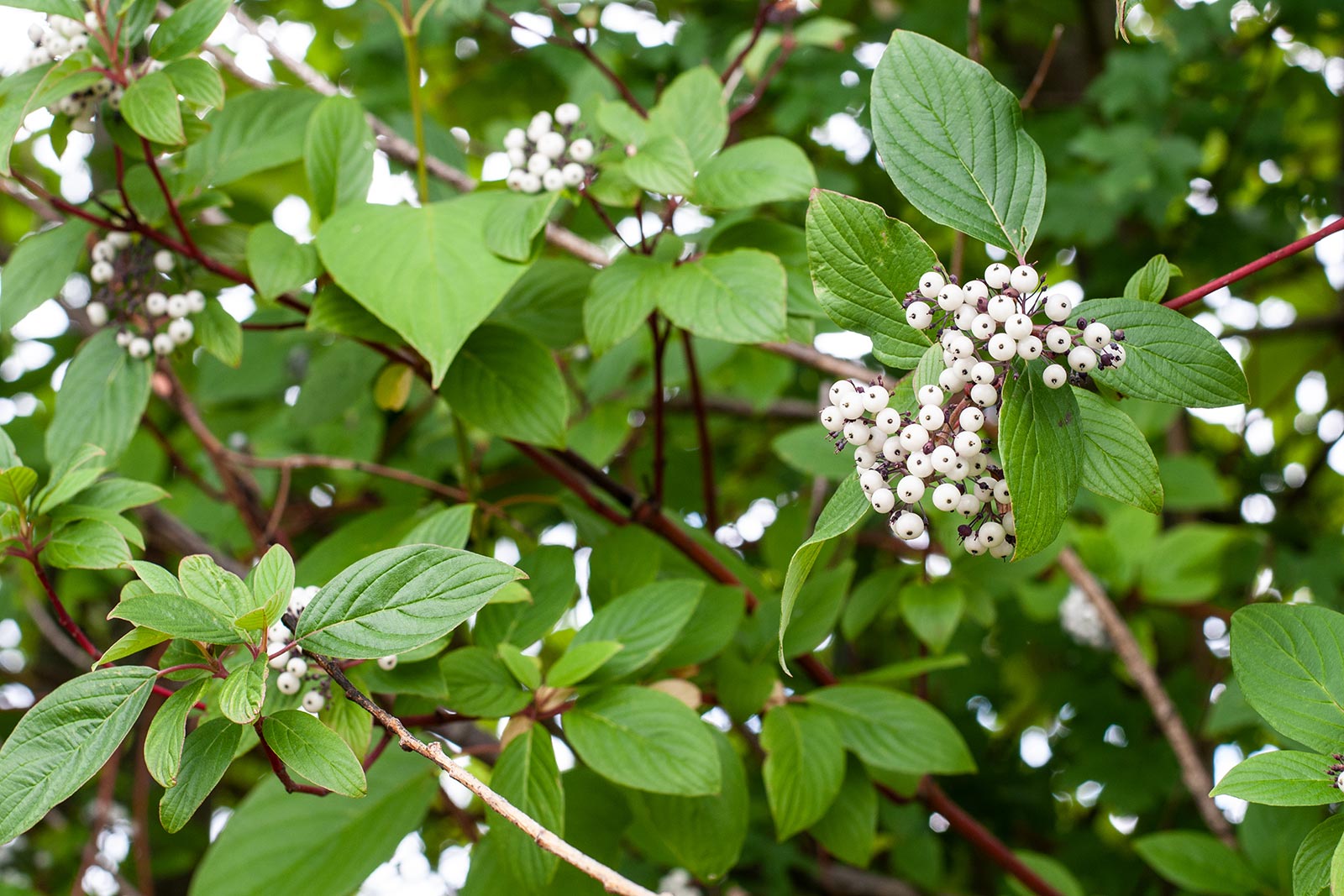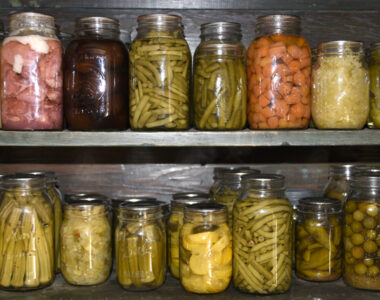
Winter gardening doesn’t mean you have to pack up your tools. With the right cold-weather plants, you can keep your garden thriving through the chill and even enjoy color, texture, and fresh harvests during the frostiest months.
Hardy Plants That Thrive in the Cold
Some cold weather plants not only survive freezing temperatures but look their best in winter.
- Arborvitae (Zones 3–8): This evergreen tree holds rich green color year-round and works perfectly for hedges or privacy screens.
- Bergenia (Zones 3–9): A low-growing perennial with thick leaves that turn burgundy in cold weather. It blooms from late winter into spring.
- Camellia (Zones 7–10): Known for showy winter flowers in shades of pink, white, and red, this shrub brings brightness to shaded gardens.
- Crocus (Zones 3–8): These bulbs bloom through snow and ice, signaling the first signs of spring. Plant in the fall for a winter display.
- Red Osier Dogwood (Zones 2–7): Its bright red stems add vibrant contrast to snowy landscapes and withstand freezing temperatures.
1. Kale (especially varieties like ‘Red Russian’ or ‘Winterbor’)
Kale stands out as one of the most reliable cold-weather plants. Many varieties can tolerate temperatures as low as 20°F and even improve in flavor after a light frost.
How to grow/manage: Plant in late summer or early fall so the plant is established before hard freezes. Provide mulch around the base to protect the roots, harvest outer leaves first, and leave the crown intact for ongoing growth.
Harvest/use: Use kale in sautés, salads, smoothies, or freeze it for winter use.
2. Carrots and Beets
Root crops like carrots and beets are excellent additions to your fall-garden list of cold-weather plants, because they tolerate cold soil and actually become sweeter with exposure to frost.
How to grow/manage: Sow seeds in late summer to early fall so that roots reach harvest size before freezing hard. After harvest, store in sand or sawdust in a cool (32-40 °F) but not frozen environment.
Harvest/use: Use fresh from the ground or store for months; great in soups, roasts or as fresh snacks.
3. Spinach, Lettuce and Other Hardy Greens
Greens like spinach, winter lettuce, arugula, and mache are ideal cold-weather plants that can thrive in cooler temperatures (even near freezing) under protection like row covers.
How to grow/manage: Sow or transplant in late summer—make sure the plants are well established before repeated frosts arrive. Use floating row covers or cold frames if your region dips below 20-25 °F.
Harvest/use: Pick outer leaves on a “cut-and-come again” basis all winter long for fresh salad greens, stir-fries, or wilted side dishes.
4. Brussels Sprouts, Cabbage & Other Brassicas
These vegetables are known for being some of the toughest cold-weather plants — some can handle near-freezing or light snow and still hold quality.
How to grow/manage: Plant early enough so the heads form heading or sprouting before deep winter sets in. Mulch to protect roots and harvest from bottom up (for Brussels sprouts) or wait until after a frost for better sweetness.
Harvest/use: Use for roasting, stews, slaws or freeze/ferment them for longer-term storage.
5. Leeks, Garlic and Onions
Alliums like leeks, garlic, and onions also fall under the category of cold-weather plants because many of them develop best in cool weather or tolerate it well.
How to grow/manage: Plant garlic cloves in the fall so they build root systems during winter and top off in spring. Leeks can be sown and then grown through the colder months, often being protected by mulch.
Harvest/use: Use leeks for soups and sautés; garlic and onions store well for months if cured and kept cool and dry.
The Takeaway
Choosing the right cold weather plants keeps your garden alive all year. With evergreens, winter bloomers, and frost-tolerant vegetables, you can enjoy beauty and productivity, even when temperatures drop.
Related Blogs: Harvest Storage and Preservation Strategies for a Longer-Lasting Winter Supply



